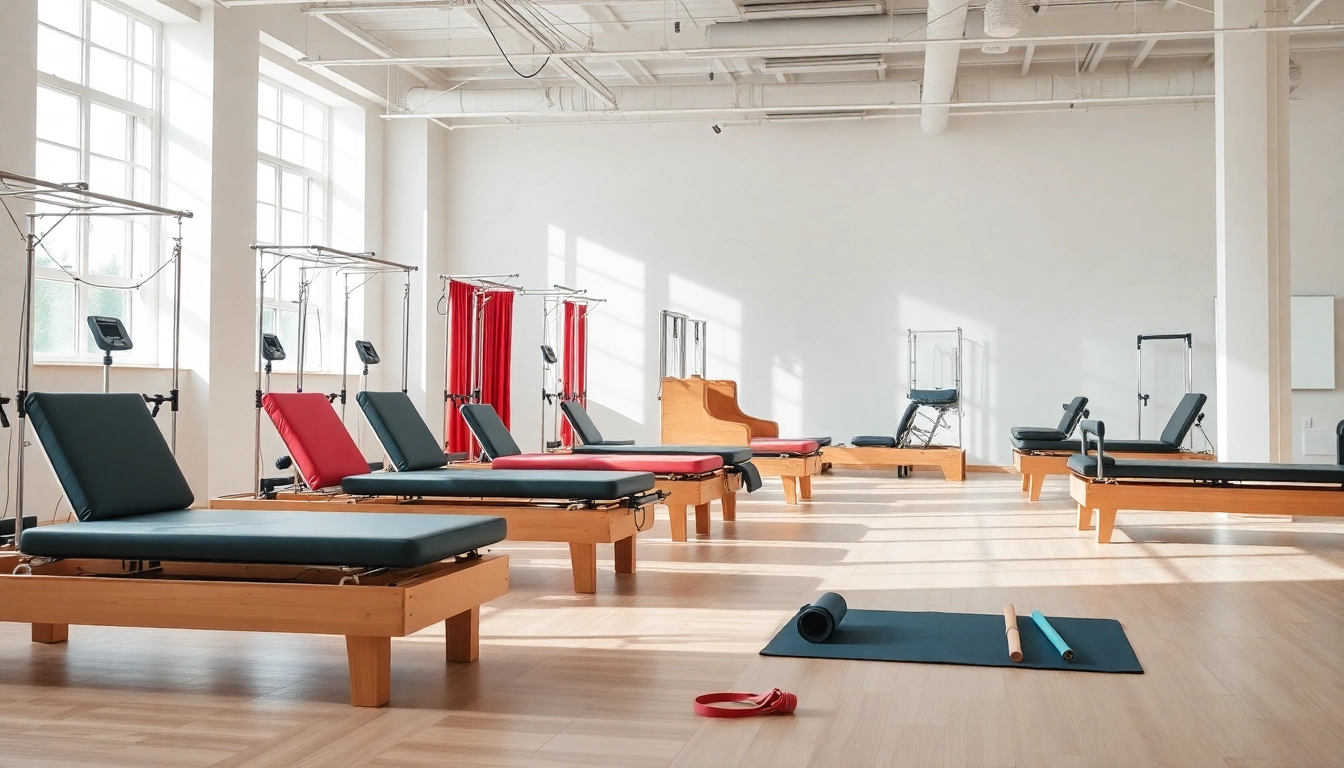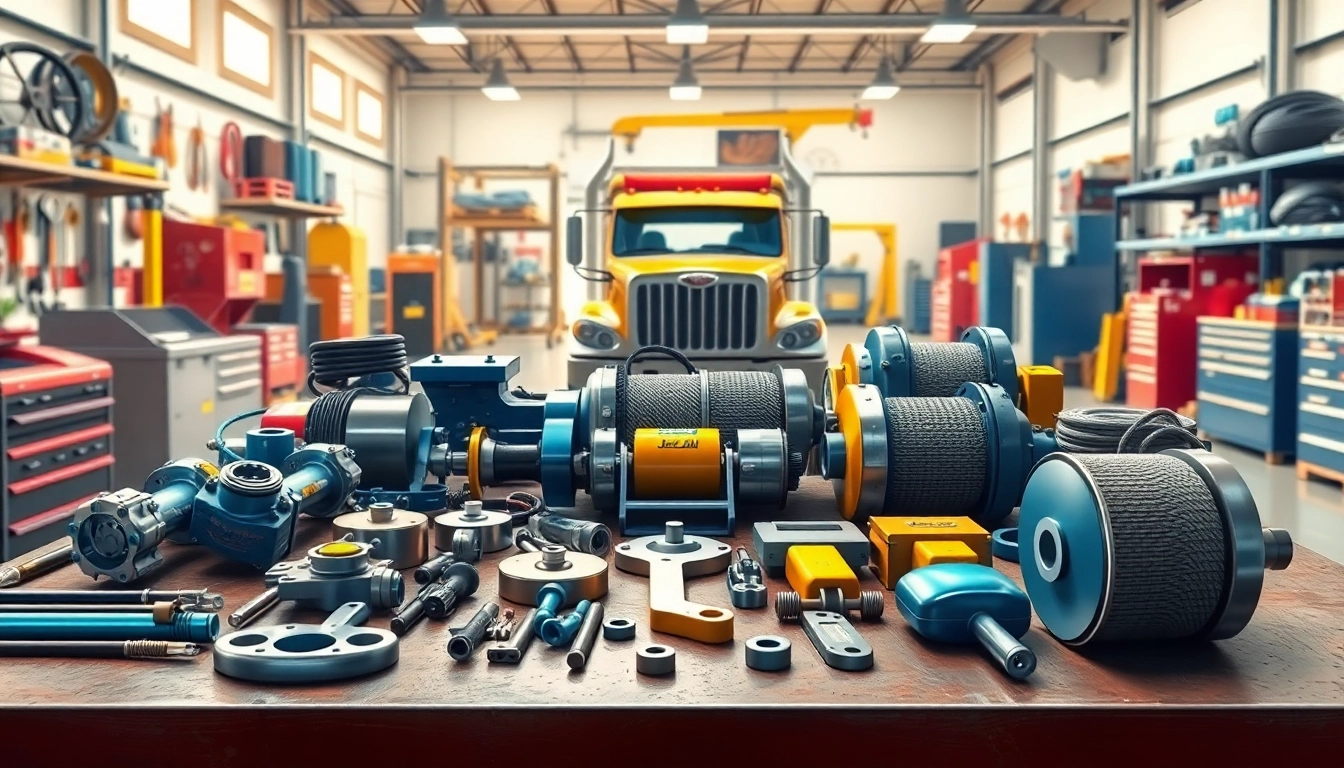The Importance of High-Quality Pilates Equipment
When engaging in Pilates, the quality of the equipment utilized can significantly influence the accuracy of movements and the overall effectiveness of workouts. High-quality equipment ensures that practitioners can perform exercises safely and effectively, helping them achieve their fitness goals. Choosing a reputable pilates equipment manufacturer is essential for anyone interested in both professional and personal practice.
Benefits of Choosing a Reliable Pilates Equipment Manufacturer
Investing in Pilates equipment from a reputable manufacturer has numerous benefits. Firstly, reliable manufacturers prioritize quality materials and craftsmanship, ensuring that the equipment is durable and capable of withstanding regular use over time. This durability translates to safety, as well-manufactured equipment minimizes risks of malfunctions or accidents during workouts.
Secondly, established manufacturers typically offer warranties and customer support, which can provide peace of mind for purchasers. If any issues arise with the equipment, customers can rely on professional assistance and, potentially, repairs or replacements covered by warranties.
Lastly, a reputable manufacturer often includes a wealth of resources, including assembly instructions, training programs, and customer testimonials that enhance the user’s experience and satisfaction.
Key Features to Look for in Pilates Equipment
When selecting Pilates equipment, several key features should be considered to ensure effective practice. Here are some essential elements to look for:
- Stability and Safety: Equipment should have a sturdy construction that can support various body types and sizes without compromising safety.
- Adjustability: Look for equipment with adjustable features that accommodate different heights and skill levels, allowing for personalized use.
- The Quality of Materials: Equipment made from high-quality woods and metals, as well as appropriate padding, is vital for comfort and longevity.
- Storage Solutions: Understand the space you have available; some equipment offers foldable designs, making them more appealing for home practice.
How Quality Equipment Enhances Pilates Practice
Utilizing high-quality Pilates equipment can significantly enhance the practice. Firstly, quality equipment allows for more precise movements and alignment. For example, a well-crafted reformer enhances balance and stability, allowing practitioners to execute exercises correctly.
Moreover, superior equipment contributes to injury prevention. When practitioners use stable, well-designed machines, they reduce the likelihood of strain or damage to their bodies. This safety is crucial for beginners learning the foundations of Pilates.
Lastly, quality Pilates equipment often encourages creativity in workouts. With versatile machines and accessories, practitioners can explore a broader range of exercises, keeping their routines engaging and effective.
Types of Pilates Equipment Offered by Manufacturers
Understanding the various types of Pilates equipment is critical for both beginners and seasoned practitioners looking to expand their repertoire. Manufacturers typically offer a range of apparatus designed to enhance body awareness and strength.
Understanding Different Pilates Apparatus
The core of Pilates practice involves several primary apparatus:
- Reformers: These versatile machines use springs and pulleys to facilitate resistance training, making them popular among studios and home users alike.
- Cadillacs: Also known as Trapeze tables, they offer a unique framework that supports a wide range of exercises, making them ideal for therapeutic practices and advanced training.
- Chairs: Pilates chairs are compact but powerful, allowing for a variety of exercises that target the entire body, particularly the legs and core.
- Barrels: These provide rounded surfaces that help develop flexibility and alignment, particularly beneficial during stretching routines.
- Small Props: Accessories such as rings, balls, and bands enhance workouts by adding resistance and aiding in balance and stability exercises.
Comparative Advantages of Pilates Machines
Each piece of equipment has its unique advantages, permitting practitioners to build strength in specific areas while enhancing overall body alignment and coordination. For instance, reformers are particularly effective for resistance training, allowing users to perform a variety of dynamic movements that target multiple muscle groups. By contrast, Cadillacs present a stable environment where practitioners can master their techniques before transitioning to more advanced equipment.
Also, many Pilates machines allow users to work in various planes of motion, thereby improving coordination and balance. This versatility ensures that workouts can be tailored to meet individual needs and fitness levels.
Innovative Accessories for Enhanced Workouts
Accessories can invigorate any Pilates routine, providing additional challenges and variations to traditional workouts. For example, resistance bands can amplify strength training exercises, while small balls enhance core engagement during classic moves.
Furthermore, items like the Pilates ring can increase the challenge during mat work, enhancing both strength and flexibility. As a result, incorporating these innovative accessories into practice can lead to greater muscle engagement and improved behavioral patterns regarding movement and posture.
Selecting the Right Pilates Equipment for Your Needs
When embarking on the journey of acquiring Pilates equipment, it is essential to consider personal goals and requirements. Only with careful consideration can the right choices be made that will effectively support one’s practice.
Identifying Your Pilates Goals
Before purchasing any equipment, take the time to reflect on your goals. Are you seeking to build strength, improve flexibility, or rehabilitate an injury? Knowing your primary objectives will help you navigate the myriad options available.
For individuals focused on rehabilitation, a reformer or Cadillac may be ideal, allowing for varied resistance levels. Meanwhile, those seeking broader fitness goals may benefit from adding a chair and a selection of small props to their routines.
Assessing Space and Budget for Equipment
Once goals are established, consider the available space in your home or studio. Some equipment requires more room than others, which can be a decisive factor in purchasing decisions. For smaller spaces, consider multifunctional equipment that allows for a variety of exercises while occupying minimal floor space.
Additionally, budget constraints must be taken into account. While it is tempting to go for cheaper options, investing in high-quality equipment will save money in the long run, as quality gear reduces the likelihood of needing repairs or replacements.
How to Test Equipment Before Purchase
If possible, testing equipment before committing to a purchase is highly recommended. Many retailers or manufacturers offer trial periods or in-store demonstrations. Pay attention to comfort, usability, and the ability to adjust settings in accordance with your body size and needs.
Engaging with knowledgeable staff can also provide valuable insights into equipment features and how they align with your personal fitness objectives.
Maintenance and Care for Pilates Equipment
To ensure that Pilates equipment remains a valuable and safe asset, regular maintenance is vital. Proper care extends the life of the equipment and facilitates optimal performance during workouts.
Best Practices for Equipment Longevity
To extend the lifespan of your Pilates equipment, follow these best practices:
- Regular Cleaning: Dust and debris can impair functionality, so be sure to clean surfaces frequently. Use a gentle cleaner suitable for the type of material.
- Check Parts Regularly: Regularly inspect springs, straps, and pulleys for wear and tear. Replace any worn components immediately to maintain safety standards.
- Store Properly: When not in use, store equipment in a dry, climate-controlled environment to prevent damage from humidity or adverse temperatures.
Signs that Your Pilates Equipment Needs Repair
Understanding when equipment requires repair is vital for safety. Warning signs may include unusual noises during use, frayed straps, or resistance springs that are no longer functioning correctly. Addressing these issues promptly can prevent injuries and ensure a continued positive experience in practice.
How to Clean and Store Your Equipment Properly
Cleaning and maintenance routines should be individualized based on the type of equipment. For instance, reformers typically require more complex cleaning procedures due to the mechanisms involved. Most cleaning can be accomplished with mild soap and water, avoiding harsh chemicals that could damage the materials.
As for storage, consider investing in protective covers to shield equipment from dust and damage when not in use. Storing apparatus vertically can also save space and maintain equipment integrity.
Transforming Your Home into a Pilates Studio
With the rise of home fitness, many individuals aim to create a dedicated space for Pilates practice. This transformation can enhance the enjoyment and effectiveness of workouts.
Essential Equipment for Home Pilates Practice
When establishing a home Pilates studio, the essential equipment should include:
- Reformer or Mat: A reformer is preferable for more advanced practitioners, while a mat is essential for those starting.
- Accessories: Consider including small props such as bands, rings, or balls for added versatility in workouts.
- Storage Solutions: Choose lightweight equipment that can be easily stored if space is limited.
Creating a Motivating Pilates Space
Your Pilates space should promote a sense of calm and focus. Choose a location that is free from distractions, well-lit, and, if possible, has windows to allow natural light to stream in.
Adding personal touches, such as motivational quotes or a soft mat, can enhance your connection to the practice. Ensure that the area is organized and clutter-free to encourage consistent use.
Incorporating Classes and Online Resources
In addition to investing in equipment, consider online resources to supplement your practice. Online classes can guide you through structured workouts and demonstrate new techniques and variations. Look for reputable instructors or platforms that focus on the quality and safety of Pilates practice.
Many manufacturers also provide video resources, tutorials, or app services that can further enhance your home practice and provide continuous motivation.














Leave a Reply